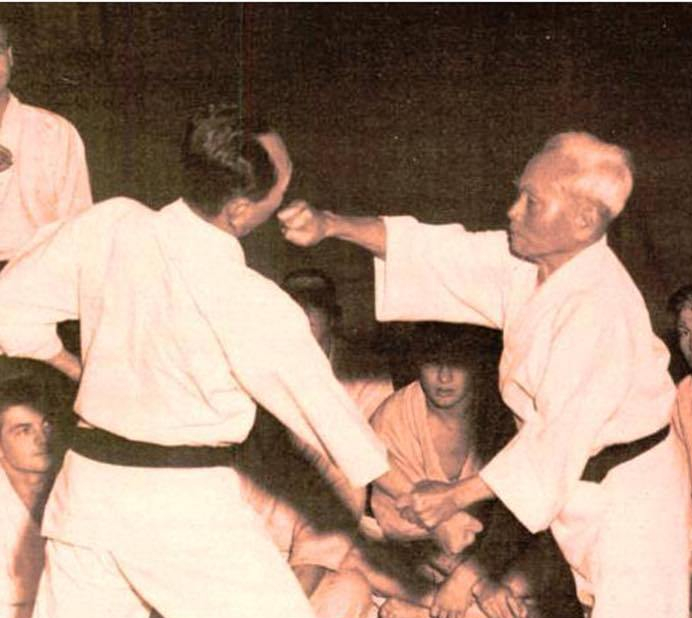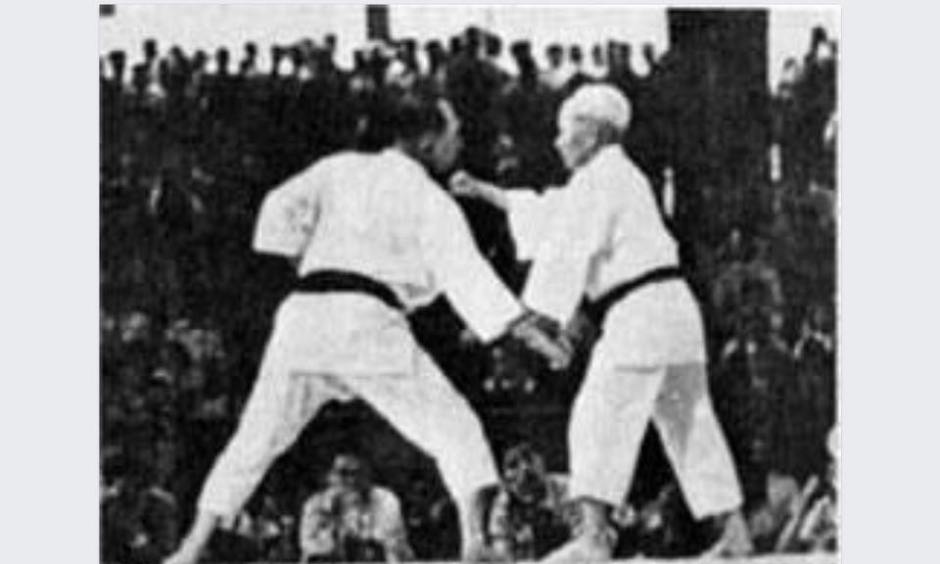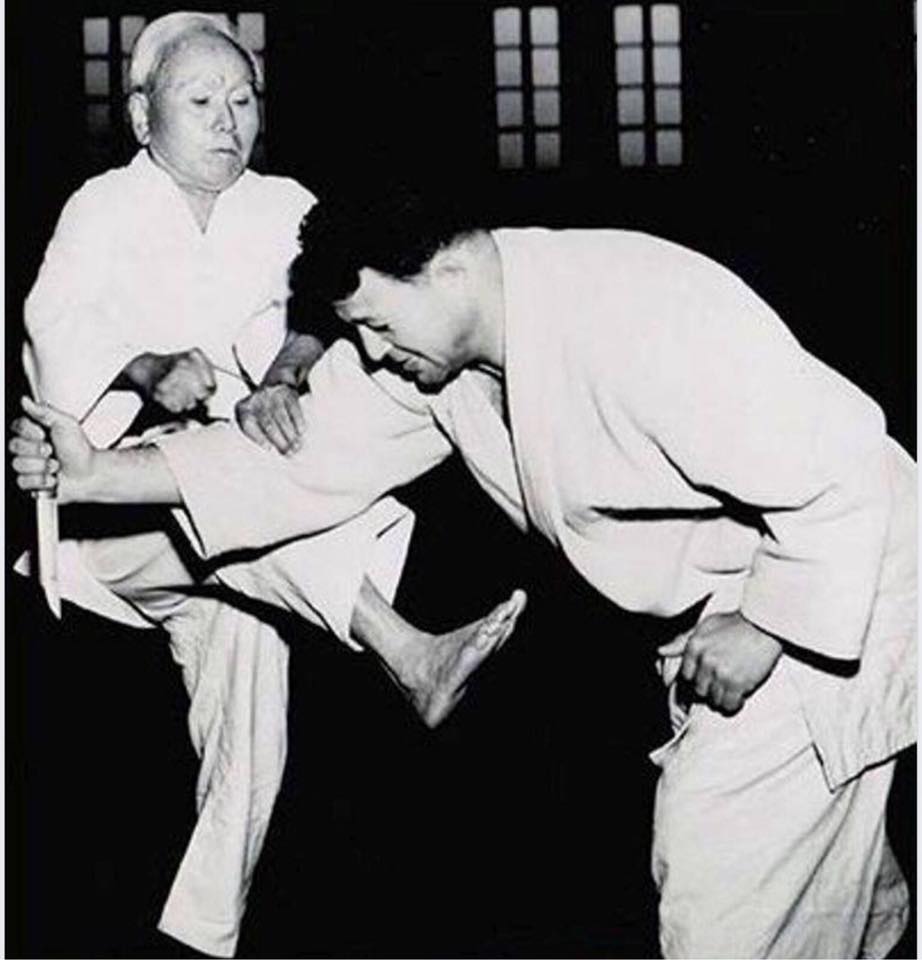Gichin Funakoshi, the renowned pioneer of Shotokan karate and a revered figure in the world of martial arts, left a lasting legacy through his profound insights and teachings. Among his many viewpoints, Funakoshi held a critical perspective on Kumite training, offering valuable insights into its role within karate practice. In this article, we delve into Funakoshi’s opinions on Kumite, supported by his own writings and teachings.
Understanding Funakoshi’s Critique
Funakoshi’s critical stance on Kumite training stemmed from his belief that karate should prioritize self-improvement, discipline, and personal growth over mere physical combat. He cautioned against the excessive focus on sparring, emphasizing the risk of losing sight of karate’s true essence.
In his book “Karate-Do Kyohan,” Funakoshi articulates his concerns, stating, “Kumite is not the primary purpose of karate. Its study and practice, however, must not be neglected.” Here, Funakoshi highlights the importance of Kumite within the broader context of karate practice while cautioning against its overemphasis.
Emphasizing the Spiritual Aspect
Funakoshi emphasized the spiritual and philosophical aspects of karate, viewing it as a means of self-cultivation and character development. He believed that Kumite, when practiced excessively or without proper guidance, could lead to the erosion of these values.
In his writings, Funakoshi stressed, “The ultimate aim of karate lies not in victory nor defeat but in the perfection of the character of its participants.” This statement underscores his belief that the true essence of karate lies in personal growth and self-mastery, rather than in triumphing over opponents in combat.
Balancing Tradition and Innovation
While critical of Kumite training, Funakoshi recognized its practical utility and its role in testing techniques learned in kata. However, he advocated for a balanced approach to karate practice, one that integrates Kumite with other elements such as kata, kihon (basic techniques), and philosophical study.
Funakoshi’s approach to karate was rooted in tradition but also open to innovation. He encouraged practitioners to adapt and evolve while staying true to the core principles of karate-do.
Gichin Funakoshi’s critical perspective on Kumite training offers valuable insights for practitioners of karate. By emphasizing the importance of spiritual development, discipline, and a balanced approach to training, Funakoshi’s teachings remind us of the deeper significance of karate-do.
In a world where competition often takes precedence, Funakoshi’s wisdom serves as a guiding light, urging practitioners to strive for self-improvement and personal growth above all else.
 This picture shows master Funakoshi together with sensei Isao Obata. Source: Shotokan Path (Facebook.com/shotokan-path).
This picture shows master Funakoshi together with sensei Isao Obata. Source: Shotokan Path (Facebook.com/shotokan-path).
 Again, Master Funakoshi with Sensei Obata. Source: Shotokan Path (Facebook.com/shotokan-path).
Again, Master Funakoshi with Sensei Obata. Source: Shotokan Path (Facebook.com/shotokan-path).
 High kicks were not a specialty of Okinawa karate. Gigo Funakoshi had also introduced them to Shotokan. However, Master Funakoshi executes an excellent Mae Geri with Emelio Bruno in 1953. One has to consider that Master Funakoshi was already 85 years old back then. Source: Shotokan Path (Facebook.com/shotokan-path).
High kicks were not a specialty of Okinawa karate. Gigo Funakoshi had also introduced them to Shotokan. However, Master Funakoshi executes an excellent Mae Geri with Emelio Bruno in 1953. One has to consider that Master Funakoshi was already 85 years old back then. Source: Shotokan Path (Facebook.com/shotokan-path).
